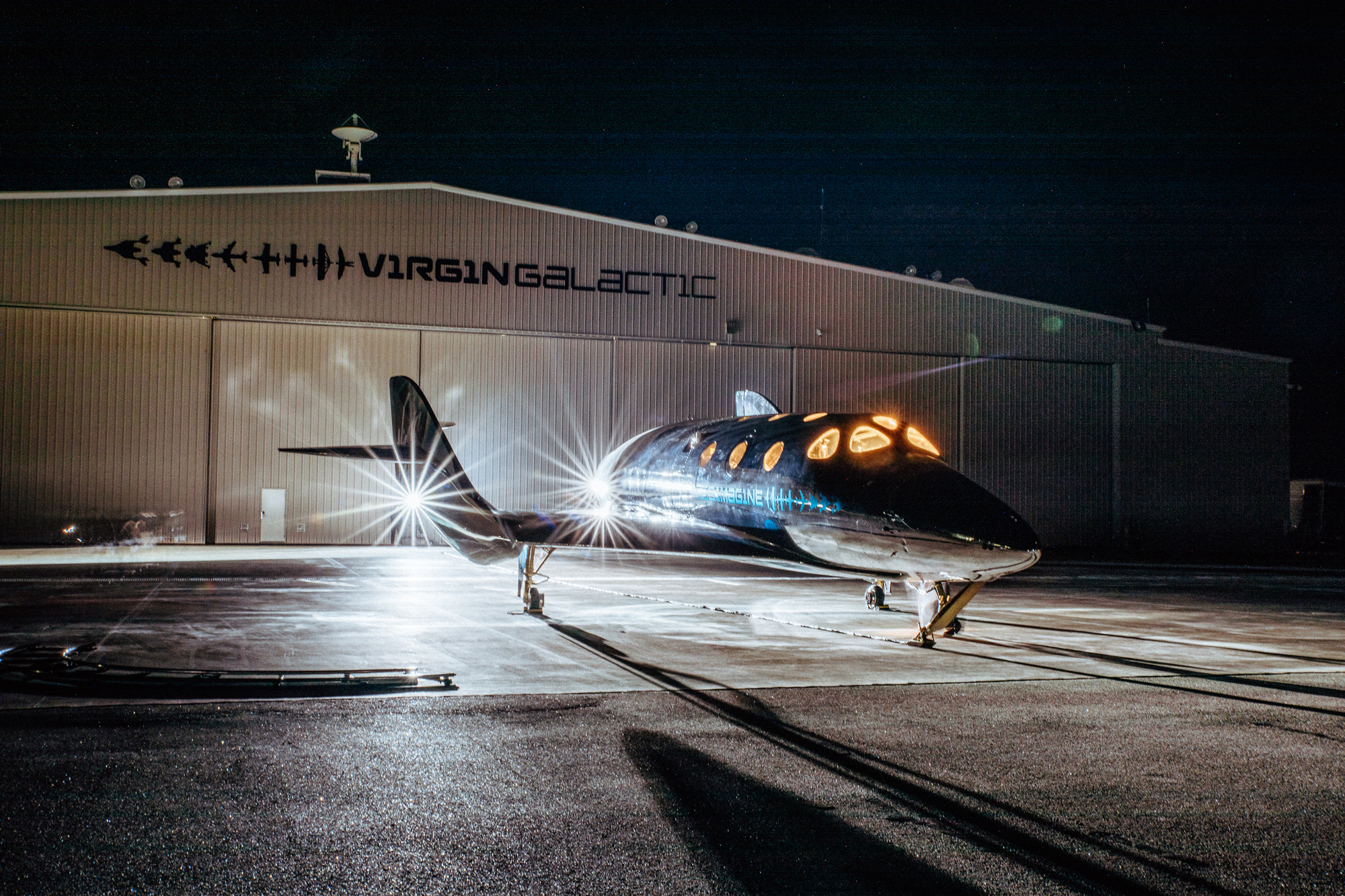Well, Galactic 01 is in the record books — and it was a resounding success Virgin Galaxy (SPCE -8.27%).
Departing Spaceport America in New Mexico just after 11:00 a.m. ET Thursday, Virgin MotherShip Eve ascended and detached Virgin SpaceShip Unity at 11:33 a.m. ET, allowing the latter to power up its engines and blast its way to the edge of space, with three Virgin Galactic employees and three Italian Air Force passengers.
Release release, release! #VSSUnity has been successfully released from our mother ship #VMSEve and started the rocket motor. # Galaxy01 pic.twitter.com/JVoC8mlSMO
— Virgin Galactic (@virgingalactic) June 29, 2023
And it’s important to emphasize this: Payment Italian Air Force passengers.
When Unity landed back at Spaceport America 16 minutes later, Virgin Galactic closed its first revenue-generating commercial space tourism flight, and ushered in an era in which not one (Blue Origin) but two space companies (Blue and Virgin) were now offering scenic flights. paid to space and back.
Welcome back to Earth, # Galaxy01! Our pilots, crew and spacecraft have landed safely on @Spaceport_NM. pic.twitter.com/f8YQowQN2x
— Virgin Galactic (@virgingalactic) June 29, 2023
Virgin Galactic math problems
Of course, it remains to be seen whether Virgin Galactic (or Blue Origin for that matter) can turn a profit from this new type of tourism business.
As I previously explained, Virgin Galactic is currently only able to carry a maximum of six passengers per space tourism flight. With a ticket cost of no more than $250,000, and a cadence of flights no more than once per month (By the way, Virgin says it will hit this cadence in August), it generates revenue of only about $1.5 million per month for the Virgin Galaxy.
That’s not a lot of revenue to support a company that currently incurs operating costs of around $500 million a year, $125 million a quarter, or just over $40 million a month. To offset the high costs of building a space tourism business, Virgin Galactic must accelerate the number of flights it can make each month, quarter and year.
For that, Virgin Galactic will need more spacecraft. And building each new spacecraft, Virgin Galactic said, would cost $50 million to $60 million.
Where will Virgin Galactic find the money?
Luckily for Virgin Galactic, it has a solution to this problem, and (perhaps unluckily for investors) it comes in the form of selling more shares.
Last week, Virgin Galactic announced that in order to raise the cash needed to build the fleet of some of the new “Delta class” spacecraft it needs, it has sold off stock — and plans to sell more. According to the company, Virgin Galactic raised $300 million by selling nearly 60 million shares over the past 10 months. The company notes that it plans to sell another $400 million worth of stock in the future.
With the company’s current share price of around $4.25, that means there are about 94 million more shares coming into the block. Consider that at the end of 2021, for example, Virgin Galactic only had about 258 million shares outstanding (according to data from S&P Global Market Intelligence). That means that in the near future, more than one in every three existing Virgin Galactic shares will be “new” Virgin Galactic shares, created and sold mostly to raise the money needed to build a new fleet of Delta-class spacecraft.
Will there be enough money?
Now, that might sound bad. The more new shares Virgin Galactic issues and sells, the more slices of Virgin Galactic’s “cake” is cut – and the smaller the slices are left for anyone who bought the stock before the dilution occurred.
But there is good news here as well as bad.
By my calculations, Virgin Galactic would need to build at least eight new Delta-class spacecraft, each capable of flying once a week, to even have a chance of generating enough revenue to offset their operating costs. At $50 million to $60 million each — say $55 million as an average cost — it will cost Virgin Galactic $440 million to build the fleet needed to be profitable.
So the good news is that Virgin Galactic’s recently completed $300 million raise, plus another $400 million expected to be raised, could easily cover these construction costs — and put $260 million aside to cover the company’s current losses. build a fleet.
Coupled with the $830 million or so Virgin Galactic has in the bank, and the revenue that comes from space flights with Unity, this Can enough cash to keep Virgin Galactic in business until mid-2025, or (if Virgin Galactic finds ways to cut costs even as its operations increase) even early 2026, when the first Delta-class spacecraft are expected to start arriving.
It’s going to be pretty close, though. Personally, if I were an investor in Virgin Galactic, I would anticipate at least one more hundred-million-dollar stock sale would be needed, over the next two years, to bridge the gap and bring the remaining Virgin Galactic stock to market. from the road to profitability.
My advice: If you’re going to invest in stocks, keep this in mind, and expect more dilution.
#Virgin #Galactic #Spends #Million #Spaceship #Motley #Fool
